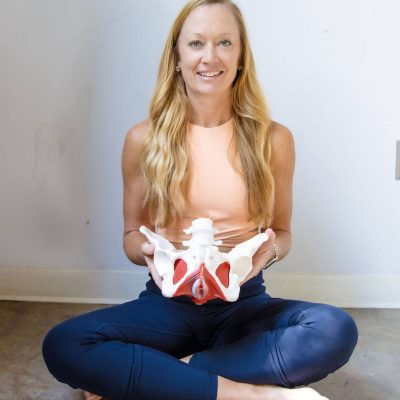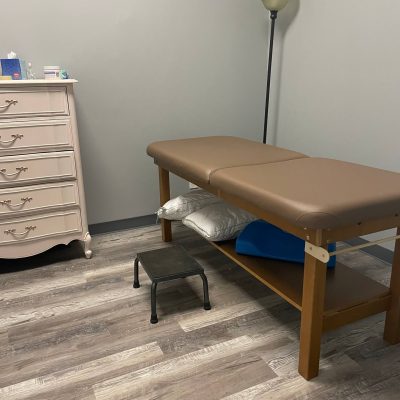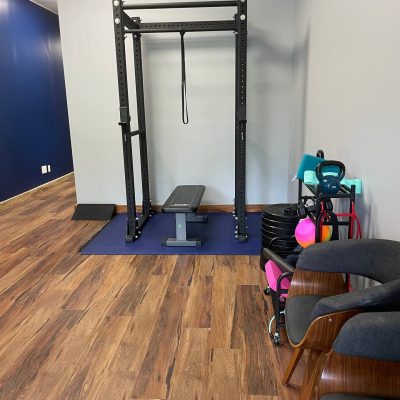By SaMone Jackson, OTR/L, CLT
The human body is a marvel of interconnected systems, and two integral components that often go unnoticed but play crucial roles in maintaining stability and function are the pelvic floor and fascia. Understanding the dynamics between these two elements is essential for overall health and well-being.
Pelvic Floor: The Foundation of Stability
The pelvic floor, often likened to a hammock or sling, consists of a network of muscles situated at the base of the pelvis. This intricate system extends from the pubic bone to the tailbone and between the ischial tuberosities, forming a supportive structure for the pelvic organs, including the bladder, uterus (in females), and rectum.
One of the primary functions of the pelvic floor is to provide support to these vital organs, preventing issues like incontinence and pelvic organ prolapse. The muscles of the pelvic floor also play a pivotal role in controlling bowel and bladder movements through their ability to contract and relax. Additionally, the pelvic floor is involved in sexual function, contributing to arousal and orgasm.
However, the pelvic floor is not immune to challenges. Factors such as pregnancy, childbirth, aging, and certain medical conditions can impact the strength and flexibility of these muscles, leading to issues like urinary incontinence, pelvic pain, and sexual dysfunction. Awareness and targeted exercises are key in maintaining the health of the pelvic floor and addressing any arising concerns.
Fascia: The Body’s Silent Architect
Fascia, a connective tissue that surrounds and permeates muscles, bones, nerves, and organs, acts as the silent architect of the body. This three-dimensional web of tissue provides structural support, transmitting forces generated by muscle contractions and facilitating communication between cells.
There are two primary types of fascia: superficial and deep. Superficial fascia lies just beneath the skin, containing fat and blood vessels. On the other hand, deep fascia surrounds muscles, bones, and joints, enhancing support and aiding in the smooth functioning of these structures.
Fascia is dynamic and responsive, adapting to movement and changes in the body. However, issues such as injury, inflammation, or poor posture can lead to adhesions or restrictions in the fascial network. These restrictions can result in pain, limited range of motion, and other discomforts.
The Interplay Between Pelvic Floor and Fascia
The relationship between the pelvic floor and fascia is intricate and significant. The pelvic floor muscles are enveloped by fascial structures, influencing their function and health. Maintaining a balance between strength and flexibility in the pelvic floor muscles, coupled with a healthy fascial system, is crucial for overall pelvic health.
Pelvic Floor therapists often incorporate exercises and interventions that address both the pelvic floor and fascia to optimize their function. These may include targeted pelvic floor exercises, myofascial release techniques, and postural adjustments. By considering the interconnected nature of these elements, individuals can promote a harmonious balance within their bodies, reducing the risk of dysfunction and improving overall well-being.
In conclusion, the pelvic floor and fascia, though often overlooked, are integral components of the human body. Understanding their functions, potential challenges, and the interplay between them is essential for maintaining pelvic health and overall bodily harmony. By incorporating awareness and targeted interventions, individuals can embark on a journey toward a healthier, more resilient pelvic foundation.







